Prefab Homes: An Overview
The concept of prefab homes for sale has revolutionized the housing industry, offering a diverse range of pre-manufactured small homes that cater to various needs and preferences. These structures are primarily constructed off-site and then assembled at the final location, providing a quicker and often more cost-effective alternative to traditional home-building methods.
Types and Materials of Prefab Homes
Prefab homes come in various types, including container houses, modular homes, and panelized houses. The materials used in these homes range from durable sandwich panels to robust light steel frames, ensuring longevity and resilience. The modular house prices can vary based on the materials and design complexity.
Design and Customization
One of the significant advantages of prefab homes is the ability to customize designs. Options like graphic design and total solutions for projects allow for personalization to meet specific aesthetic and functional requirements. The prefabricated houses prices are influenced by the level of customization and design intricacies.
Applications and Features
Prefab home prices reflect their versatility, as these homes can serve as guard houses, carports, or even full-fledged living spaces. Features such as onsite inspection and the availability of free spare parts contribute to their practicality and ease of maintenance.
Advantages of Prefab Homes
The advantages of prefabricated homes prices are evident in their construction and operational efficiency. These homes are known for their speed of assembly, reduced waste, and potential cost savings. Additionally, the modular homes with prices are often transparent, allowing buyers to budget effectively.
Choosing the Right Prefab Home
When considering a tiny house modular home, potential buyers should evaluate the supplier's ability to meet specific requirements, such as design preferences and material quality. It's essential to consider the features offered, such as the ease of expansion or the potential for future modifications.


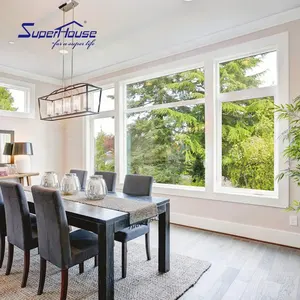

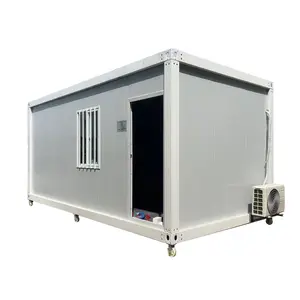


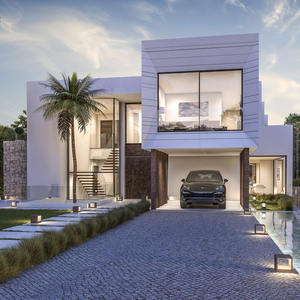
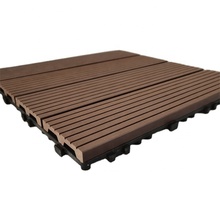



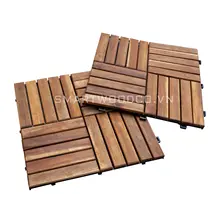

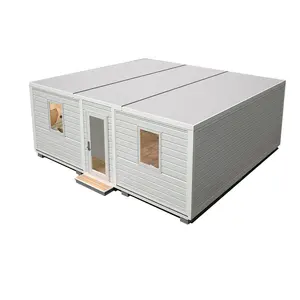




























 浙公网安备 33010002000092号
浙公网安备 33010002000092号 浙B2-20120091-4
浙B2-20120091-4